5 Tata and Mahindra SUVs You Can Expect on Indian Roads in 2025
The SUV segment in India keeps growing, with Tata and Mahindra leading the charge. This year, both brands are rolling out new models that bring fresh designs and tech options to buyers who want more choice on the road.
In 2025, you’ll see a mix of traditional petrol and diesel SUVs alongside electric variants, reflecting a clear shift toward greener rides. These upcoming launches aren’t just about adding numbers — they could reshape your options when choosing a spacious, feature-rich vehicle. Whether it’s the much-awaited Tata Sierra or Mahindra’s new electric SUVs, there’s plenty to look forward to this year.
Tata SUV Launches to Watch in 2025
Tata Motors is gearing up for a big year in 2025 with a lineup of SUVs that blend traditional strengths with new electric options. Whether you’re after a tried-and-true diesel or petrol variant or want to step into electric territory, Tata has something for you. These models focus not just on looks but on smart features, solid safety, and meaningful tech that can make your drive easier and safer. Here’s what you should keep an eye on.
Tata Harrier EV
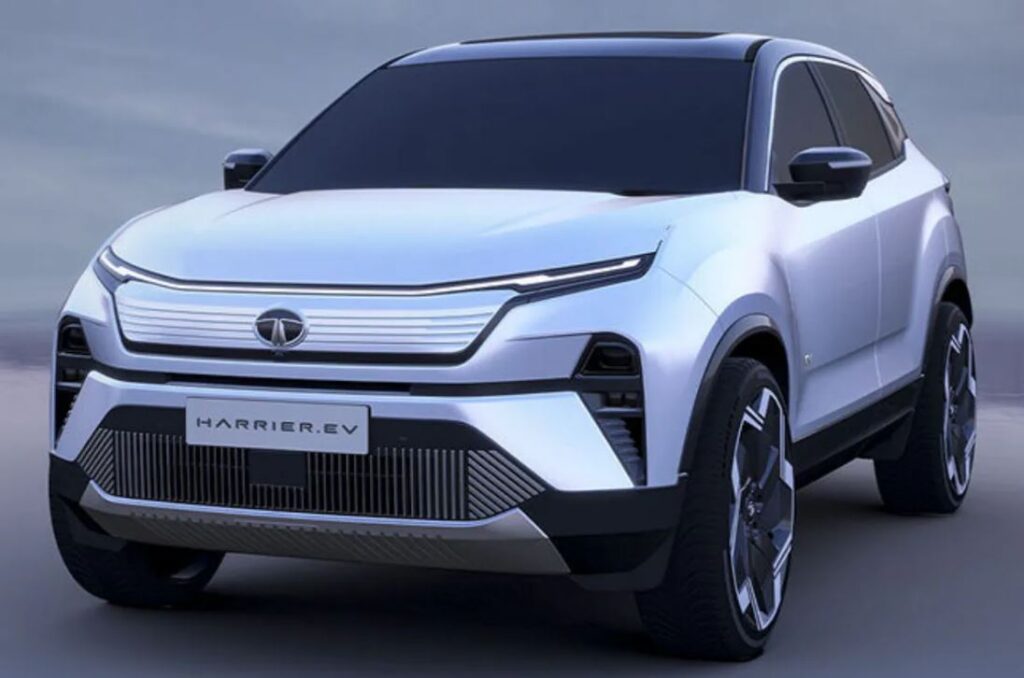
The Tata Harrier EV takes the popular Harrier into the electric era without losing its commanding presence. Built on Tata’s proven platform, this EV offers a battery pack that promises a range between 400-500 km on a single charge—perfect if you want longer trips without worrying about stops.
Some key features:
- Level 2 ADAS (Advanced Driver Assistance Systems) like adaptive cruise control and lane keep assist help you drive with more confidence.
- A well-designed interior with spacious seating and updated infotainment.
- Safety is a priority with 7 airbags, 360-degree cameras, and tyre pressure monitoring.
- Sleek exterior updates like a closed-off grille with LED DRLs and aerodynamic alloy wheels improve efficiency and style.
This EV variant completes the Harrier’s appeal by combining rugged looks with quiet, clean mobility. For many, it could be the ideal middle ground between power and sustainability.
Tata Sierra and Sierra EV
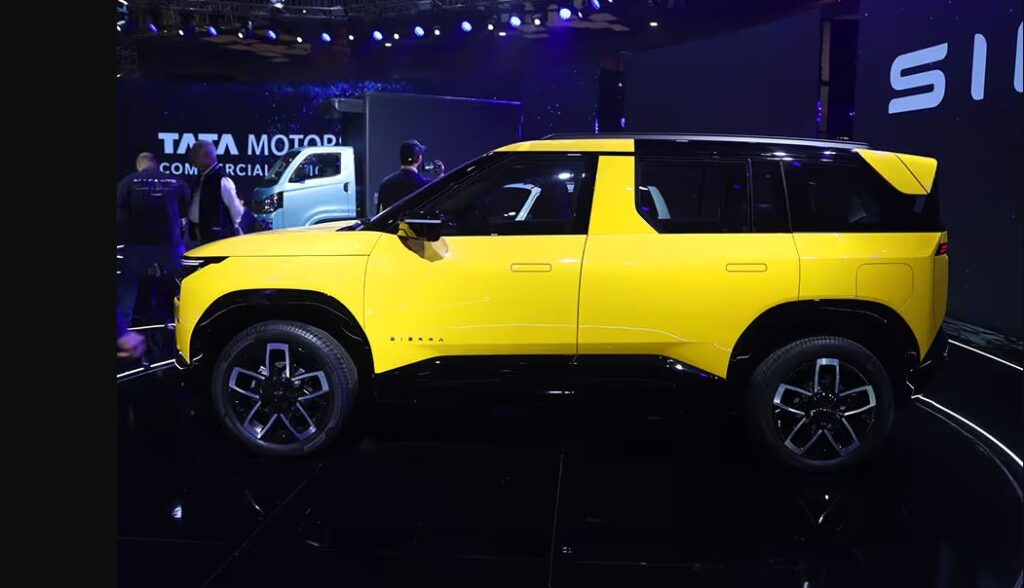
The Tata Sierra’s comeback is exciting, especially since you’ll get to choose between the classic internal combustion engine (ICE) version and a fully electric variant. The Sierra is designed to be a lifestyle SUV—sporty yet practical, with attention-grabbing design and smart details.
Look forward to:
- Bold styling with sharp lines and a strong, upright stance that gives it a timeless appeal.
- The ICE Sierra offers a choice of 1.5-litre turbo-petrol or 2.0-litre diesel engines with around 170 bhp, backed by either a 6-speed manual or automatic gearbox.
- The Sierra EV carries a 75 kWh battery pack, delivering up to 500 km of range.
- Both variants support V2L (Vehicle to Load) and V2V (Vehicle to Vehicle) charging, meaning you can power devices or even jump-start other EVs—a practical bonus for daily use or adventures.
- The inside features a triple-screen layout, giving you a modern and connected driving experience.
- Expected launch is in late 2025, likely around October or November.
With the Sierra, Tata is reinventing a classic to suit modern needs, mixing everyday usability with electric prowess.
Tata Safari and Safari EV
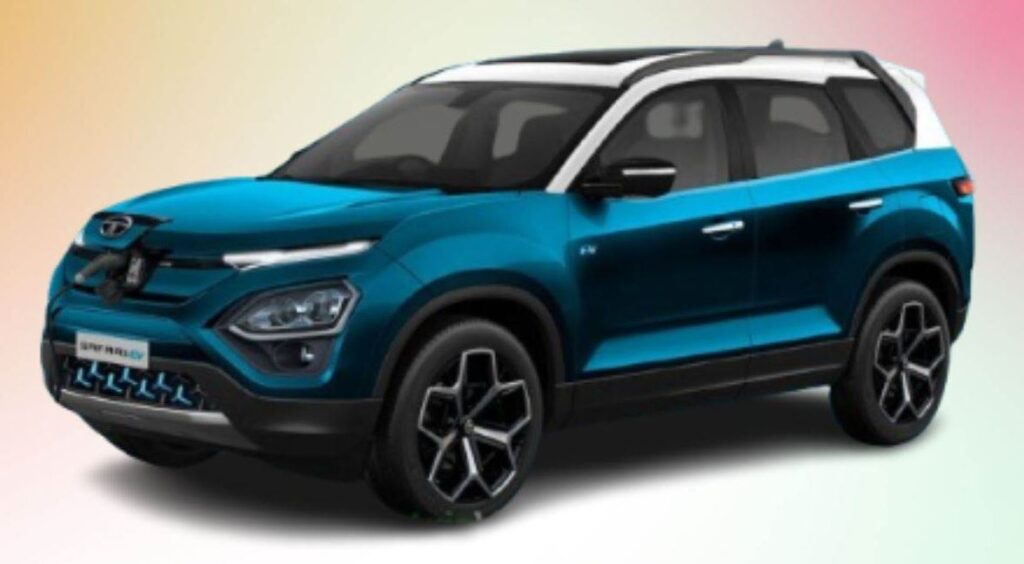
The 2025 Tata Safari carries forward its reputation as a spacious and well-equipped family SUV, but this time around, it gets some noteworthy upgrades.
Here’s what’s new:
- The interior takes a luxury leap with improved material quality, ambient lighting, and enhanced infotainment screens.
- Advanced safety features like multiple airbags, electronic stability controls, and driver-assist tech raise the bar for protection.
- The Safari will also introduce an electric variant, which is expected to share battery tech similar to the Harrier EV, promising a decent range and smooth performance.
- The SUV maintains its robust build, with modern touches that keep it relevant without losing its adventurous spirit.
If the Safari’s been on your shortlist, the 2025 refresh gives you even more reasons to consider it, especially if you want to switch to electric.
Tata Avinya Electric SUV
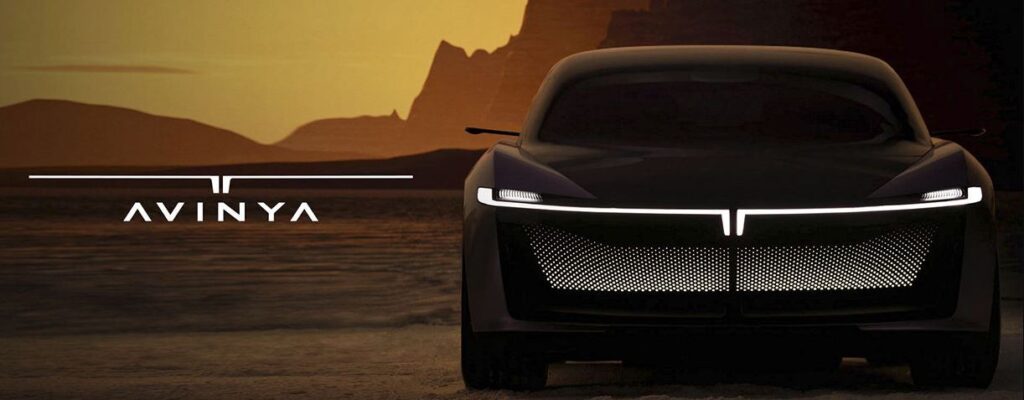
The Tata Avinya is the brand’s premium electric SUV set to debut in the near future, showcasing Tata’s vision of what a luxury electric vehicle can be.
Key points about the Avinya include:
- A futuristic coupe-SUV design with muscular curves and striking LED lighting, including the signature ‘T’ shaped logo.
- Based on a new Gen 3 electric platform derived from Jaguar Land Rover’s EMA architecture, it promises solid performance, efficiency, and flexibility.
- Expect a large-capacity battery to support long-range drives and fast charging.
- The cabin is designed with luxury in mind — high-end materials, spacious layouts, and advanced tech features blend comfort and convenience.
- Seating configurations for 5, 6, and 7 passengers make it adaptable for different needs.
- Positioned as a premium offering, it aims to deliver a rich experience without pushing the price too far, making luxury EVs more accessible.
Tata’s Avinya could set a new standard for premium electric SUVs in India, combining style, tech, and sustainability.
With these models, Tata Motors is clearly showing that 2025 will be a year to watch for SUV buyers who want more choices—whether you’re ready to go electric, want a family SUV with modern touches, or prefer something rugged with a new twist.
Mahindra SUV Launches Coming in 2025
Mahindra is stepping up in 2025 with a strong lineup of new SUVs, including several electric options and updated versions of some favorites. Whether you want a compact EV for city driving, a powerful flagship electric SUV, or fresh takes on iconic models, Mahindra’s plans cover a lot of ground. These new launches combine smart design, improved tech, and more choices for different lifestyles.
Mahindra XUV 3XO EV
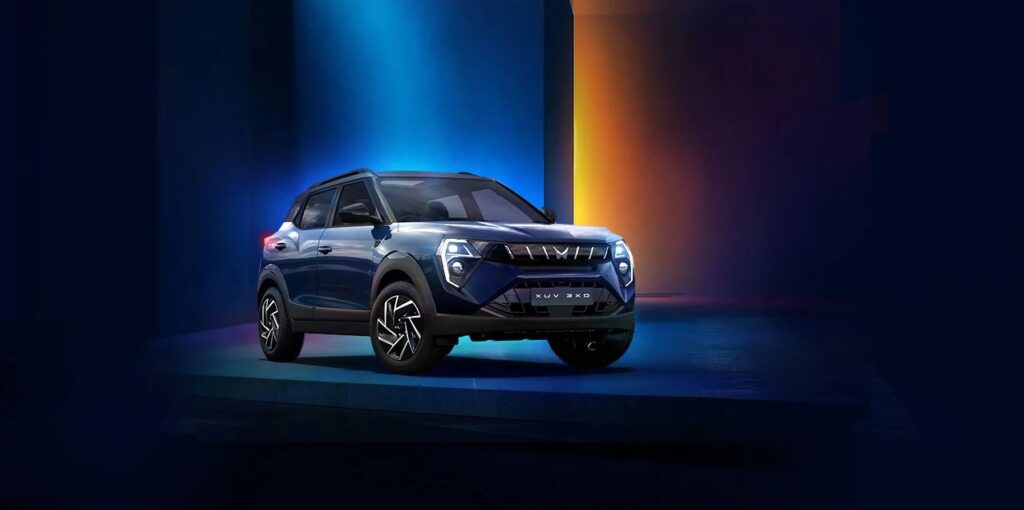
The XUV 3XO EV is Mahindra’s new subcompact electric SUV, designed for those who need a nimble yet capable ride around town and beyond. It comes with promising battery options aimed at balancing range and price. You can expect choices that let you tailor the car to your needs, from daily urban commutes to longer highway drives.
- Battery and range: Variants will likely feature battery packs delivering between 300 km to 400 km on a charge, enough to cover most city drives and weekend trips without hassle.
- Design: Sporty and modern, the XUV 3XO EV has a compact shape perfect for tight city streets and parking but still offers a robust SUV stance.
- Who it’s for: If you want zero-emission travel in a size that fits urban life while still handling occasional long-distance drives, this SUV fits the bill neatly.
Mahindra XEV 7e Electric SUV
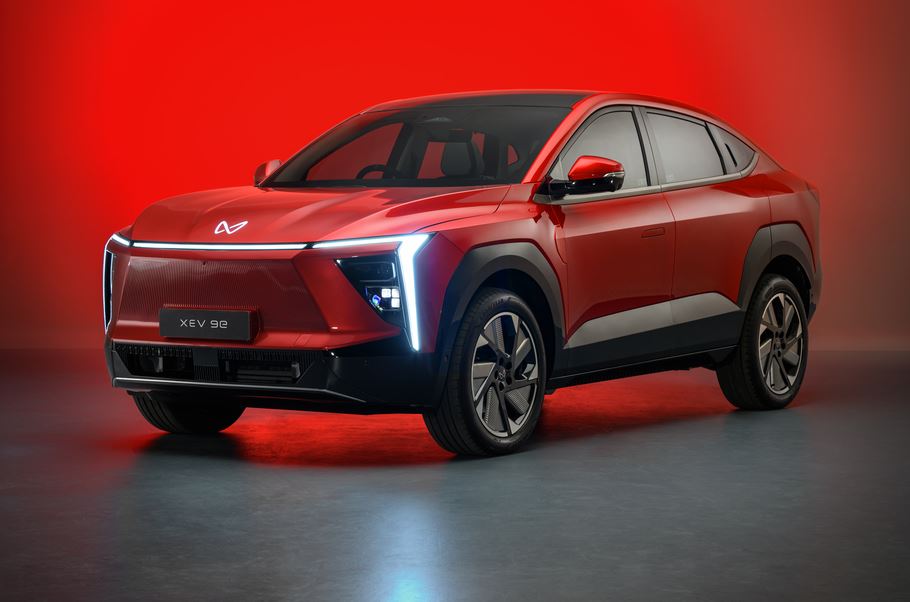
The XEV 7e steps up as Mahindra’s flagship all-electric SUV, based on the well-known XUV700 platform. This means it shares the popular SUV’s space and rugged presence but with a completely electric heart.
- Battery specs and range: Expect a large battery pack, possibly around 75-80 kWh, pushing the range up to around 600-650 km. This makes it well-suited for highway runs and family trips.
- Tech features: Advanced driver assistance systems, updated infotainment, and connected car features will be highlights. You’ll get the comfort and smart tech that the XUV700 is known for, but in an electric package.
- Positioning: The XEV 7e targets buyers who want a powerful, spacious EV without compromise, blending performance with eco-friendly driving.
Updates on Mahindra Thar 3-Door and Thar E
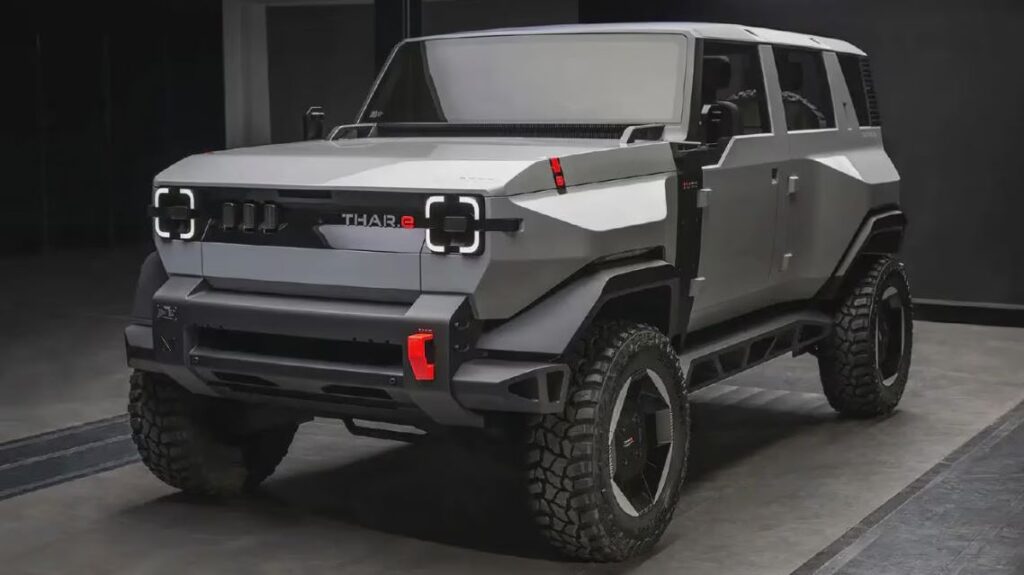
Mahindra’s Thar remains an icon, and 2025 will bring refreshed versions of both the classic 3-Door and the new Thar E electric.
- Design updates: Expect subtle tweaks to the front grille, headlights, and bumper to keep the rugged look fresh and modern.
- Interior upgrades: Improved materials, better seat comfort, and new infotainment options aim to raise your daily driving experience.
- New features: Additional safety gear, including more airbags and stability control enhancements, plus tech updates like wireless charging and better smartphone integration.
- Thar E: The electric Thar will combine its legendary off-road capability with zero emissions, making it a unique choice for adventure seekers who care about the environment.
Facelift of Mahindra XUV 700 to XUV 7XO
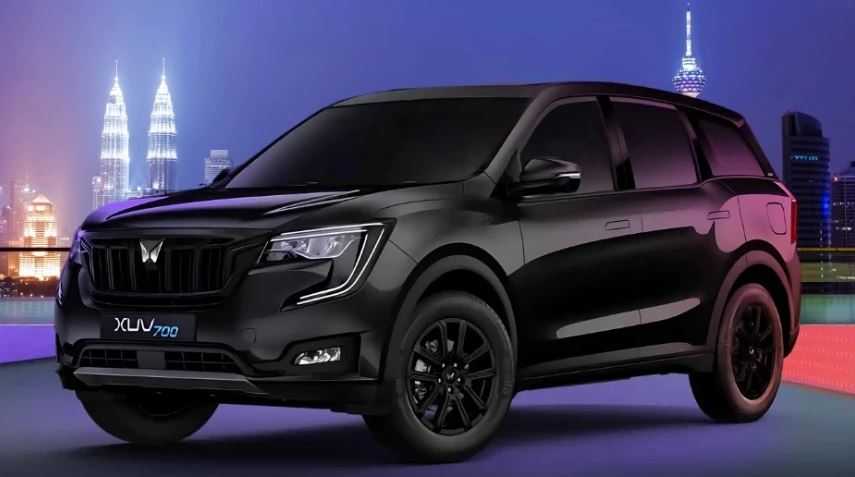
The popular XUV700 is getting a facelift and a new name: the XUV 7XO. This update aims to keep the model competitive with fresh design and tech.
- Engine options: Expect refined petrol and diesel engines, plus possibly a hybrid variant to improve fuel efficiency without losing power.
- Tech additions: New infotainment systems, better connected car features, and enhanced driver aids like adaptive cruise control and lane assist will be part of the package.
- Pricing: The facelift is likely to come with a slight price bump but will stay very competitive in its segment. You get more tech and style upgrades without breaking the bank.
Mahindra’s 2025 SUVs cover a wide range of needs, from small city-friendly EVs to capable large SUVs and refreshed classics. This well-rounded approach makes it easier for you to find just the right fit for your lifestyle and green driving goals.
Technology and Innovation Trends in 2025 Tata and Mahindra SUVs
In 2025, Tata and Mahindra are stepping up with SUVs that pack serious tech and innovation. Both brands are moving beyond just styling and engine options. They’re building smarter, safer, and greener SUVs that fit your lifestyle. The focus is on electrification, smarter safety systems, and infotainment that keeps you connected without fuss. Here’s a look at the key tech trends shaping their new SUVs this year.
Electric Powertrains and Battery Technology
Electric SUVs are not just a concept anymore—they’re becoming mainstream for Tata and Mahindra. Both companies are rolling out electric powertrains with bigger, more efficient batteries. You’ll find battery packs typically in the 70-80 kWh range that let you drive between 400 to 600 km on a single charge, trimming range anxiety and making longer trips feasible. Plus, charging speeds are getting better, with support for fast-charging stations and smart features like Vehicle to Load (V2L) and Vehicle to Vehicle (V2V) charging. This means your SUV can power devices on the go or even help boost another EV in a pinch.
These powertrains don’t just focus on eco-friendly driving—they’re designed for solid performance and smooth drives. Tata’s ALFA platform and Mahindra’s New Flexible Architecture (NFA) underpin these electric models, delivering flexibility for future upgrades and hybrid variants. This leap means your next SUV could be electric, hybrid, or petrol-diesel, without sacrificing the robustness expected from Indian SUVs.
Advanced Driver Assistance Systems (ADAS)
Safety moves beyond airbags in the new Tata and Mahindra SUVs, thanks to Level 2 ADAS features. You’ll see smart systems like autonomous emergency braking, which steps in if a potential collision is detected, and lane assist that gently nudges you back if you drift from your lane. These features aren’t futuristic anymore; they’re becoming standard, helping you stay alert and avoid accidents.
Blind-spot detection also plays a big role, especially when you’re navigating busy city traffic or highways. These systems use radar and cameras to alert you if another vehicle is hiding in your blind spot. Together, these driver aids create a safer, less stressful drive that feels more controlled and confident. Tata’s and Mahindra’s SUVs are increasingly focusing on making these features user-friendly and reliable for everyday use.
Infotainment and Connectivity Innovations
Staying connected and entertained inside these SUVs is easier and more enjoyable than ever. Both Tata and Mahindra have upgraded their infotainment systems with larger touchscreens, usually above 10 inches, featuring vibrant displays and quick responses. They come with multi-screen setups in some models for instrument clusters, navigation, and media controls.
Voice assistant integration is a standout addition, letting you control music, calls, navigation, and even climate settings without taking your hands off the wheel. Connected car features like real-time updates for traffic, remote vehicle monitoring through smartphone apps, and over-the-air updates keep your SUV in sync with your digital life.
These systems also support Apple CarPlay, Android Auto, and increasingly advanced apps to customize your experience. Whether it’s managing media, calls, or vehicle settings, the new infotainment keeps things simple but connected.
Safety Features and Ratings
Safety is no afterthought for these upcoming SUVs. Tata and Mahindra prioritize high safety ratings backed by solid engineering and features. Most models come standard with 6-7 airbags, including front, side, and curtain airbags, offering comprehensive occupant protection.
Electronic stability programs (ESP) are cropping up widely, helping prevent skids and loss of control, especially on slippery roads. Many SUVs also feature hill start assist and hill descent control to boost confidence in varied terrain.
The inclusion of 360-degree camera systems gives you a bird’s eye view around the vehicle, a huge help in tight parking spots or while reversing. These cameras, combined with parking sensors, reduce blind spots and make maneuvering safer and easier.
Both Tata and Mahindra continuously improve their crash test scores, meeting or exceeding global safety benchmarks. This means your SUV not only looks tough but is built to protect you and your family when it matters most.
Tata and Mahindra are clearly raising the bar in 2025, combining electric power, smart driver aids, advanced infotainment, and strong safety in their SUV lineups. These innovations put you in control of a safer, smarter ride while embracing new standards of efficiency and comfort.
Market Impact and Consumer Expectations for 2025 SUV Launches
The arrival of new SUVs from Tata and Mahindra in 2025 isn’t just more options on the lot — it’s changing how the SUV market behaves in India. Both brands are serious about strengthening their positions, and the ripple effect is being felt across the industry. Buyers are getting richer choices in terms of price, tech, and eco-friendly features. Here’s a closer look at what you can expect around pricing, competition, and consumer preferences as these new SUVs hit the streets.
Pricing and Value Proposition
Tata and Mahindra SUVs in 2025 cover a broad spectrum, from entry-level compact models to premium electric SUVs. This wide range means you have options no matter your budget or need.
- Tata’s pricing aims at value: For example, Tata’s established offerings like the Punch start around ₹6.2 lakh, pushing up to premium electric SUVs like the Avinya, which will likely be priced competitively to attract buyers seeking luxury EVs without going overboard.
- Mahindra’s pricing stays competitive but cautious: Starting with affordable models like the XUV 3XO EV near ₹8 lakh, all the way to higher-end electric flagships like the XEV 9e which can cross ₹20 lakh. Recent price hikes for Mahindra SUVs have been modest (around 3%), reflecting rising costs but keeping them attractive in their segments.
Both brands focus on value for money by bundling strong safety features and tech upgrades without sharp price jumps. This balances affordability with modern expectations, allowing you to get SUVs that feel premium yet don’t break your budget.
Competition with Other Brands
Tata and Mahindra are not just battling each other; they’re stepping up against others like Hyundai, Kia, and MG Motors, who all bring strong models in similar segments.
- Technology: While Hyundai and Kia have strong infotainment and connectivity setups, Tata and Mahindra are pushing smart safety features like Level 2 driver assistance, multiple airbags, and advanced cameras as standard in more models. This raises the bar in driver confidence and safety almost across the board.
- Pricing: Tata and Mahindra often undercut foreign brands on price, making them attractive for buyers who want a good balance of features and cost. Hyundai and Kia may offer competitive pricing on feature-loaded trims, but the Tata and Mahindra combos of ruggedness, space, and growing EV options keep them very relevant.
- Design and appeal: Mahindra’s rugged Thar and XUV series appeal to adventure lovers and urban drivers alike, while Tata’s stylish and practical SUVs like the Harrier and Sierra are carving out loyal followings. By focusing on solid builds and neat styling, they hold their own against the sleek designs from Korean and Chinese brands.
This competition benefits you — it pushes all makers to continually improve features, design, and value, giving you better choices for your money.
Consumer Trends and Preferences
Today’s SUV buyers in India are looking beyond just a vehicle that carries family and luggage. The market is clearly shifting, and your choices reflect it:
- More buyers prefer EVs: The rising interest in electric SUVs is hard to ignore. Tata and Mahindra’s expanding electric portfolios mean you can pick an SUV that reduces your carbon footprint without giving up range or power. Features like V2L charging add practical value, making EVs more appealing for daily use and travel.
- Safety takes center stage: It’s not just airbags anymore. Many buyers now expect electronic stability control, multiple driver aids, and 360-degree cameras. Tata and Mahindra are scrambling to pack in these extras because you want peace of mind, especially on varied Indian roads.
- Connected and smart features: From voice assistants to realtime traffic updates and remote vehicle controls, connectivity is a big draw. Buyers want SUVs that keep up with their digital lives without overwhelming them. Larger touchscreens, multiple displays, and user-friendly apps are expected now.
- Value with flexibility: Today’s SUV shopper often wants a vehicle that fits multiple roles — city commute, weekend getaways, and family hauls. Both brands offer models with flexible seating, smart storage, and combinations of comfort and off-road readiness to meet these needs.
In short, your expectations are pushing Tata and Mahindra to deliver SUVs that feel modern, secure, and adapted to how you live and move, whether that’s in city traffic or on the open highway.
Read Also: MG Majestor Launch 2025: Price, Features, Specs & Variants of MG’s Flagship SUV in India
With Tata and Mahindra reshaping their SUV lineups, prices that make sense, and features that match what buyers want most, 2025 will be a pivotal year for Indian SUVs. You’re getting more choice, smarter tech, and the shift to electric vehicles in handy packages that suit your lifestyle.
Conclusion
2025 is shaping up to be a standout year for Tata and Mahindra in the SUV market. You’ll see a strong mix of electrification, smart tech, and designs focused on what really matters in daily drives. These new models give you more choice—whether you want electric powertrains with solid range, advanced safety that helps keep everyone secure, or roomy interiors for family and adventure.
With both brands pushing innovation while keeping prices sensible, you get SUVs that fit your lifestyle and budget without compromise. This blend of fresh technology and customer-focused design is set to change how you experience SUVs on Indian roads.
Keep an eye on how these launches shape the market this year—it’s clear Tata and Mahindra are ready to meet your needs as you look for safer, smarter, and greener rides. Your next SUV could be closer than you think.
Read Also: Maruti Suzuki e Vitara : Design, Features, Range, and How It Stacks Up Against Rival

